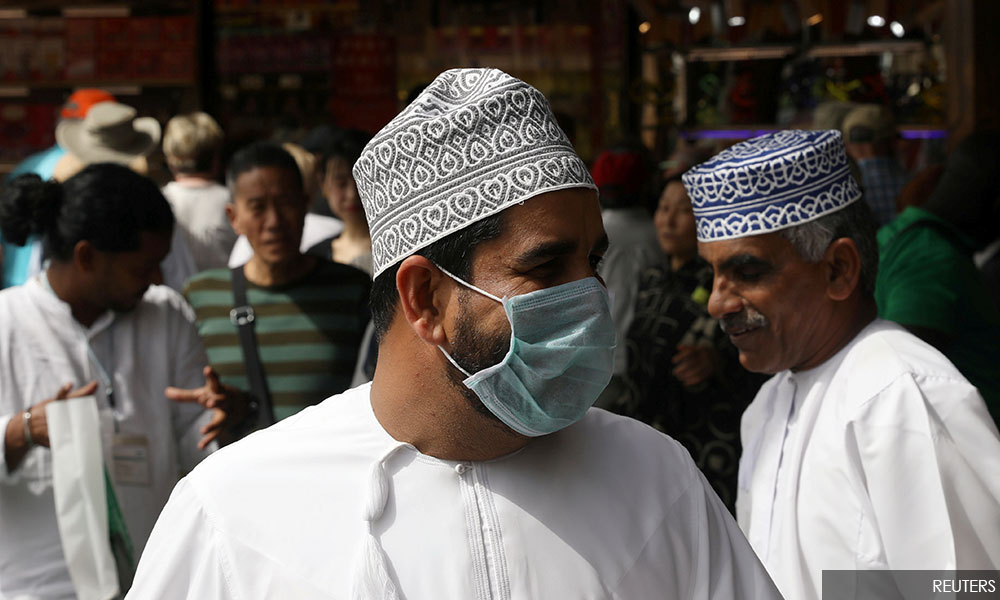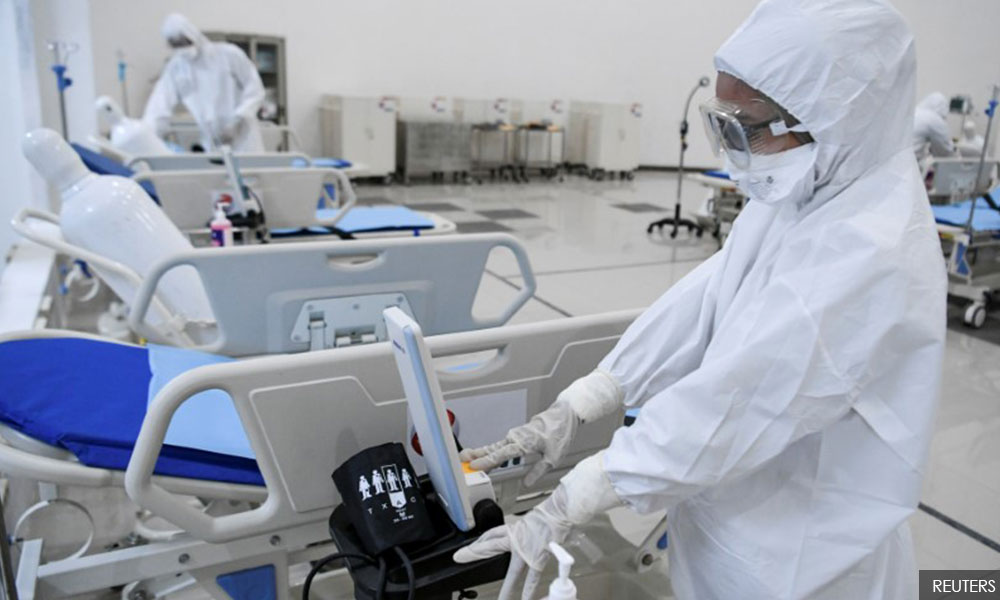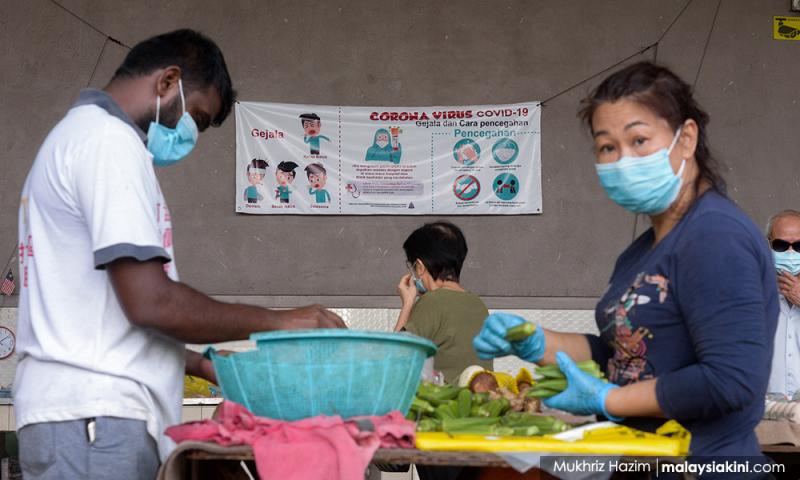COMMENT | This Q&A is to clear the confusion among the public on the use of face masks.
Why the current emphasis on the need for the public to practice social distancing rather than wearing face mask?
Covid-19 is not an airborne disease. It is spread by tiny droplets released from the nose and mouth of an infected person as he or she coughs or sneezes.
Symptomatic people can project the droplets into the air one or two metres away when they cough or sneeze. These droplets can land on other people, clothing, and surfaces around them. These droplets can also land in the mouths or noses of people who are nearby or possibly inhaled into the lungs. That is why those with symptoms need to wear a mask and not to go to a public area.
Social distancing will protect a healthy person by reducing the risk of exposure to the source of infection. Social distancing aims to break the chain of transmissions in the community, thus slow the rate at which the virus is spreading in the community, and cases, especially critical cases, will spread over time.
In doing this, healthcare facilities can cope with the situation, rather than dealing with a high number of cases all at the same time. If the chain of transmissions is broken within the community, this will end the outbreak.
If Covid-19 is not airborne, why the World Health Organization (WHO) is considering “airborne precautions” for medical staff?
The WHO only recommends this to medical staff when they perform an aerosol-generating procedure. The medical or hospital environment is not the same as in the public environment.
Medical staff deal with symptomatic patients in a closed environment. Some medical procedures require very close contact with the patient and some medical procedures also aerosolise these droplets, such as when taking nasopharyngeal swabs, performing nebulisation therapy, intubating patient, or manual ventilation with a bag and mask.

For the general public who are practising social distancing, they will not be exposed to the droplets that expelled in the air by the symptomatic person in the way faced by medical staff.
How about those infected but do not show any symptoms (asymptomatic cases)?
Not much evidence available on how the asymptomatic person can spread the infection, but studies have shown that asymptomatic person can have a high viral load.
Since Covid-19 is not an airborne disease, the asymptomatic person may spread the virus via respiratory droplets. Most likely, if the person touches his or her mouth/nose (mucus or saliva) and touches other objects or has very close contact with the asymptomatic person (where the asymptomatic person can exhale his or her breath directly to the other person).
Therefore, practising good hand hygiene is most important here. Social distancing also will keep the general public away from both symptomatic and asymptomatic cases.
Should I wear a mask if I am healthy or not symptomatic?
Face masks (surgical mask) have sold out and are in short supply in many countries. It is important to prioritise the use of face mask when it most needed and to those at much higher risk of getting infected (healthcare worker, enforcement officer, elderly and those with low immune system).
The use of masks alone is insufficient to provide an adequate level of protection and other equally relevant measures should be adopted. If masks are to be used, this measure must be combined with hand hygiene and other infection prevention and control measures to prevent the human-to-human transmission (via droplets).

Besides, not all masks can protect us against the virus. A surgical mask may be effective in blocking splashes and large-particle droplets out but does not filter or block very small particles in the air that may be transmitted by coughs, sneezes, or certain medical procedures.
Surgical masks also do not provide complete protection from germs and other contaminants because of the loose fit between the surface of the face mask and face. Even if we wear a surgical mask, we still need to keep a distance from Covid-19 patients.
Wearing inappropriate masks might put a person at higher risk as they think they are protected and exposed themselves to the source of infection, but in fact, they are not protected. Practising social distancing will keep people from the source of infection.
Since we are short of supply, can I make masks using cloths and donate them to healthcare workers? Will this help?
The WHO does not recommend the use of cloth masks for healthcare workers under any circumstance due to the high-risk environment that they are working in.
Studies have shown that cloth masks resulted in significantly higher rates of infection than surgical masks. Various types of cloth masks (made of cotton, gauze, and other fibres) have been tested in the past and show lower filtration capacity compared with disposable surgical masks.

The physical properties of a cloth mask, and increased moisture retention, may potentially increase the infection risk for healthcare workers. The virus also may survive on the surface of the masks.
The general public can contribute by prioritising the use of masks, do not delay in seeking medical help if one has symptoms, and be honest about one’s travel and contact history to protect others. Maintain social distancing by staying at home and good hand hygiene practice will help in our fight against the spread of Covid-19.
Associate professor Dr RAFDZAH AHMAD ZAKI is public health medicine specialist at the Department of Social & Preventive Medicine, Faculty of Medicine, Universiti Malaya.
The views expressed here are those of the author/contributor and do not necessarily represent the views of Malaysiakini.
Keep up with the latest information on the outbreak in the country with Malaysiakini's free Covid-19 tracker.
Malaysiakini is providing free access to the most important updates on the coronavirus pandemic. You can find them here.





